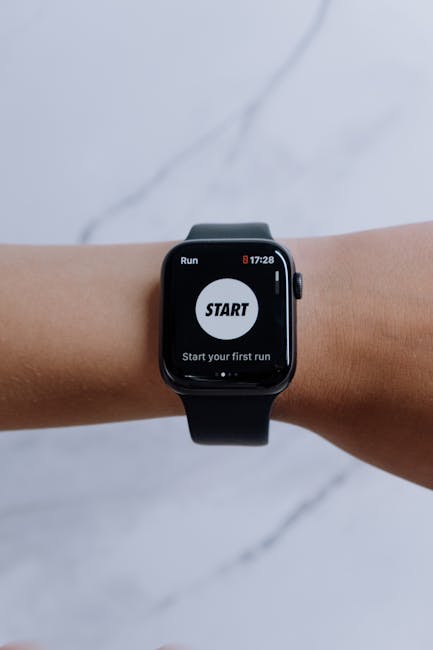
How Your Phone’s Accelerometer Detects Falls
How Your Phone’s Accelerometer Detects Falls
In today’s fast-paced world, smartphones have evolved beyond communication devices to become life-saving tools. One of the most remarkable safety features in modern phones is fall detection, which relies on a tiny but powerful sensor: the accelerometer. This technology can sense sudden drops, impacts, and even changes in orientation—helping to alert emergency services when a user takes a hard fall. But how exactly does this work?
The Science Behind Accelerometers
At the heart of fall detection is the three-axis accelerometer, a microelectromechanical system (MEMS) that measures acceleration forces in three dimensions: X (left-right), Y (forward-backward), and Z (up-down). When your phone moves, the sensor detects changes in velocity and tilt, translating them into electrical signals.
For example:
- Free-fall detection: If your phone (or you) drops suddenly, the accelerometer registers near-zero gravity in all axes—a telltale sign of a fall.
- Impact recognition: A sudden spike in acceleration followed by abrupt deceleration (like hitting the ground) triggers the algorithm to assess whether a fall occurred.
How Algorithms Interpret the Data
Raw sensor data alone isn’t enough—smartphones use machine learning models to distinguish between ordinary movements (like placing your phone down) and genuine falls. These models analyze:
- Acceleration patterns (e.g., rapid downward motion followed by impact).
- Orientation changes (e.g., a phone shifting from vertical to horizontal abruptly).
- Post-fall immobility (if the user doesn’t move after the impact).
Apple’s Fall Detection (on Apple Watch and iPhone) and similar Android features use such algorithms to minimize false alarms while ensuring real emergencies are flagged.
Real-World Applications
Beyond smartphones, this technology has life-saving potential:
- Elderly care: Wearables with fall detection can automatically alert caregivers.
- Adventure sports: Mountaineers or cyclists can benefit from automatic SOS triggers.
- Medical emergencies: Patients with conditions like epilepsy could get faster assistance.
Limitations and Future Improvements
While impressive, fall detection isn’t foolproof. False negatives (missing a fall) or false positives (mistaking a drop for a fall) can occur. Future advancements may incorporate:
- Gyroscope and barometer data for better precision.
- AI-powered context awareness (e.g., detecting falls while walking vs. exercising).
Conclusion
Your phone’s accelerometer is a silent guardian, blending physics and AI to watch over you. As sensors and algorithms grow smarter, fall detection will become even more reliable—potentially saving countless lives in the process.
Next time you drop your phone, remember: it might just be analyzing that fall to protect you one day.







